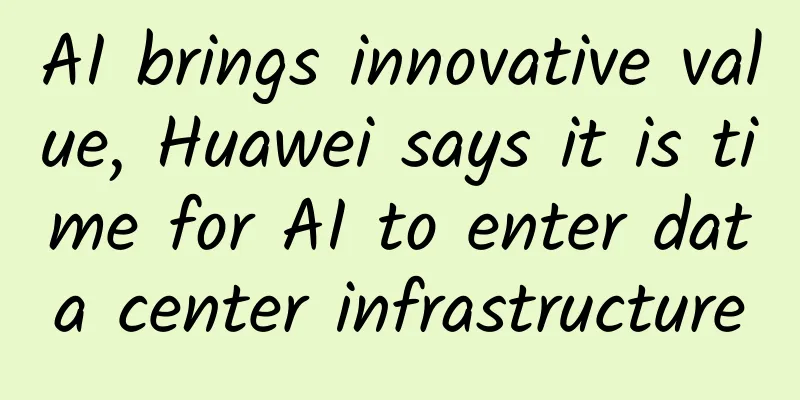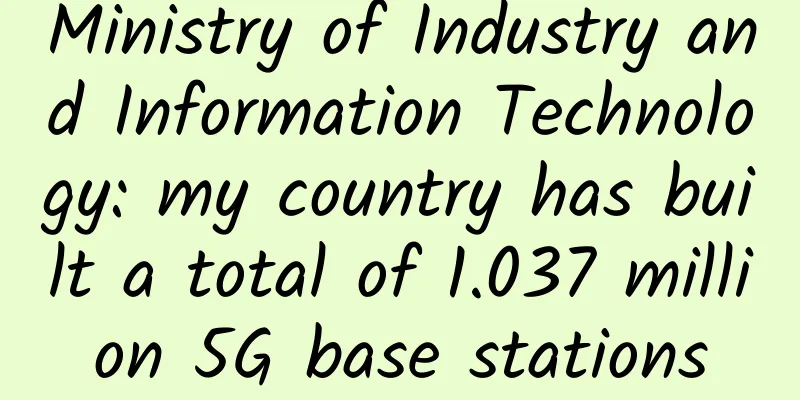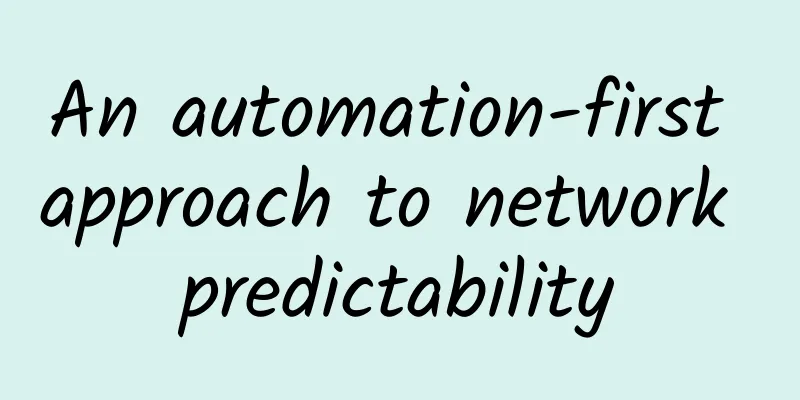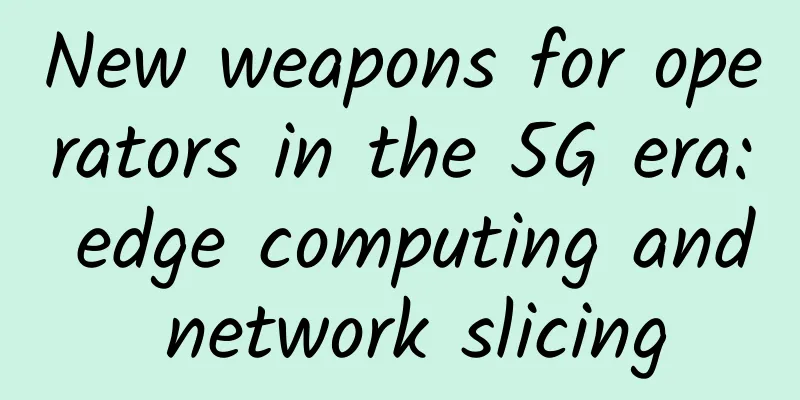AI brings innovative value, Huawei says it is time for AI to enter data center infrastructure

|
On November 15, 2018, the 4th Data Center Infrastructure Summit with the theme of "Gathering Cloud, Smart Future" was successfully held in Xi'an. Nearly 500 experts and customers from operators, design institutes, industry associations, etc. attended the summit. He Bo, President of Data Center Energy Field of Huawei Network Energy Product Line, accepted an exclusive interview with the media after the keynote speech. He pointed out that under the challenges of the cloud era, AI technology will change the data center infrastructure industry.
The market often mentions smart data centers. What are smart data centers and how can data centers be smart? He Bo believes that data center intelligence must be: self-aware, self-adjusting, self-healing, and then self-governing. That means that true intelligence must utilize AI technology. The popularization of AI is inseparable from three basic elements: data, algorithms, and computing power. And these three elements are precisely the natural genes that Huawei possesses: Huawei has accumulated a large amount of data around the world; Huawei provides an algorithm platform that can be cloud-based in the future; Huawei has core support capabilities based on chips and AI intelligent computing. "At this stage, the data center energy field is still relatively traditional, and relying on a lot of manpower and experience cannot meet the standards of intelligence. If Huawei's powerful AI data, algorithms, and computing power can be applied and combined with the traditional energy infrastructure field, it can set off a revolution in the data center energy field. It's just in time." The reporter learned that Huawei hopes that AI will play a major role in three aspects of data center infrastructure: first, AI helps energy conservation, second, AI helps operation and maintenance, and third, AI helps operations. Based on this, Huawei has restructured its data center using AI technology. First, reconstruct the power supply system. He Bo talked about how Huawei's power supply and distribution system can achieve the best benefits and the best reliability. In the past, the reliability of power supply was usually guaranteed by the stacking of hardware, but the operation and maintenance personnel could not detect the working status and health of the battery, and of course it was difficult to predict the life of the battery. In order to avoid battery failure, users often replace all batteries every three to five years. Now, Huawei has accumulated a large amount of battery operation data through AI technology, and then learned and analyzed it, which can predict its health and life, tell users in advance to take intervention measures, and maximize the benefits of their entire life cycle. In the eyes of reporters, this kind of predictive maintenance is like having medical monitoring around patients at any time, and various parameters and indicators of the body can be analyzed. When the system prompts that the patient may be sick, it can suggest that the patient take preventive measures in advance, which is very valuable. Secondly, reconstruct the temperature control system. How can the traditional water cooling system play its greatest value? Can AI reduce its energy consumption? Are there any other innovative means? He Bo revealed that Huawei AI experts and energy technology implementation experts of Huawei Langfang Data Center have spent nearly a year analyzing a large amount of data, from data collection, cleaning to analysis. In the end, "hard work pays off". Without increasing hardware costs, iCooling@AI technology was used, combined with Huawei's self-developed temperature control products, to reduce the PUE of the built data center by 0.1, saving millions of electricity bills a year, and achieving certain social effects in energy conservation and emission reduction. At the same time, iPower and iCooling technologies are integrated into DCIM products, which greatly improves the operation and maintenance efficiency of data centers and enables TVO*** throughout the entire life cycle of data centers. Thirdly, reconstruction of operation and maintenance can be easier to use and more standardized. Data centers can use AI technology to improve computing power, digitally predict faults and self-healing, and help customers decide how much computing power, energy, and space are available, thereby improving operational capabilities and realizing the process from "managed" to "unmanned" and from "operation and maintenance" to "operation". ***, through the integration of L1 and L2, we break the boundaries and reconstruct the architecture. Starting from the core, we save every calculation and expand the value of customers. Reconstruct the value of data centers by reconstructing them, and realize both open-source and cost-saving. From the perspective of "open-source", the same investment can be put online faster, more cabinets can be used in the same space, and the same cabinets can have more computing power; from the perspective of "cost-saving", the same IT power can have less energy consumption, the same scale can have fewer failures, and the same cabinets can have less manpower. This enables the maximization of data center value. At present, Huawei's data center energy performance has grown steadily. Its modular UPS and prefabricated modular data centers have ranked first in the global market share for three consecutive years, and its micro-module products have ranked first in the national market for three consecutive years. In the UPS centralized procurement of the three major domestic telecom operators, Huawei has the largest share. "In the process of continuous market growth, what makes us feel the happiest is not only the growth of performance, but more importantly, we are getting more and more on the right track. It is obvious that Huawei can gain more and more market share, which is also inseparable from a good ecosystem. According to He Bo, in the field of data center energy, Huawei insists on a customer-centric ecosystem. In terms of product sales, Huawei's product sales outside of operators are carried out through partners. "In this ecosystem, what is more important is that everyone can assume their own responsibilities and share their own benefits. "For example, Huawei can provide core equipment and software, and partners can provide corresponding supporting products. The two parties form a complete solution to provide services to end customers. He Bo frankly said that the purpose of reconstruction and innovation is to help enterprises achieve commercial success and truly create more value, which is also the mission of more than 2,000 R&D personnel in Huawei's network energy product line! |
<<: See how valuable 5G spectrum is
>>: The operators’ new tiered packages, aren’t they still “the same bowl of soup”?
Recommend
The future of TMT regulation: from telecom operator networks to OTT network effects
Luca Schiavoni, senior analyst for regulatory pol...
These seven points of network technology, weak current people must know
Weak current people have one thing in common: mos...
In addition to speed, 5G can also change these aspects of your life!
5G is the hottest buzzword at the moment, and it ...
The third and fourth largest operators in the United States announced a merger. Can China Telecom and China Unicom follow suit?
On April 29, T-Mobile, the third largest telecom ...
Understanding the working principle of keepalive in one article
Keepalive is a high-availability component that i...
Ruijie Networks: Continue to Lead, "Our Journey Is to the Stars and the Sea"
[51CTO.com original article] As cloud desktop tec...
Buying a ticket can cause a loss of 100,000 yuan. This is the black market you don’t know about.
Recently, Damai.com was attacked by a database co...
For the first time, such a clear and unconventional explanation of K8S network
[51CTO.com original article] K8S network design a...
Operators are enthusiastic about deploying 4.5G: This will affect the commercial use of 5G
In 2017, more and more operators around the world...
Programming Practice: How to parse domain names in the program
[[403061]] This article is reprinted from the WeC...
Principles of nine cross-domain implementation methods (full version)
[Original article from 51CTO.com] Cross-domain re...
LOCVPS 30% off, Hong Kong/Japan VPS 4GB memory package monthly payment starts from 29.4 yuan
LocVps is a long-established Chinese hosting comp...
DediPath New Year Promotion: $15/year KVM-1GB/10GB/1Gbps unlimited traffic/Los Angeles data center
As the Chinese New Year is approaching, DediPath ...
Top 10 acquisitions that changed the Internet industry in 2016
【51CTO.com Quick Translation】 In the Internet ind...
"Internet +" activates new driving force for Nong'an's development
[[188759]] "In the past, I had to go to seve...









